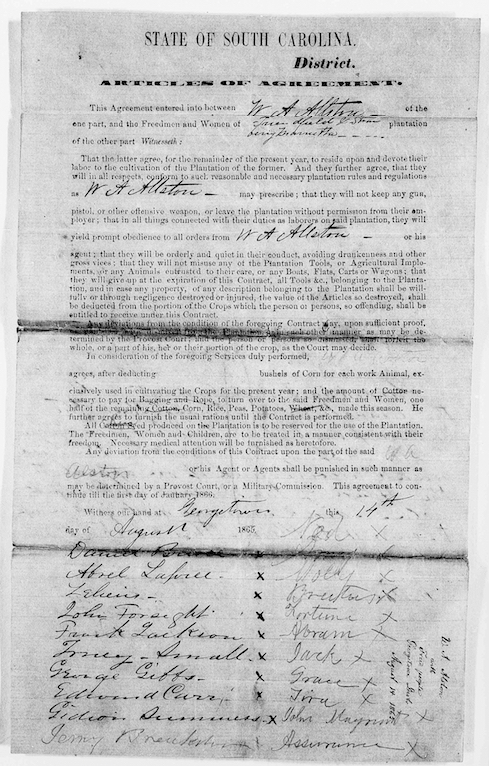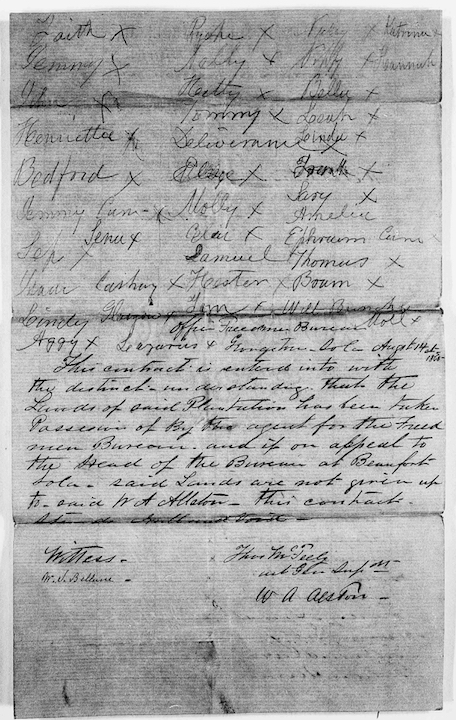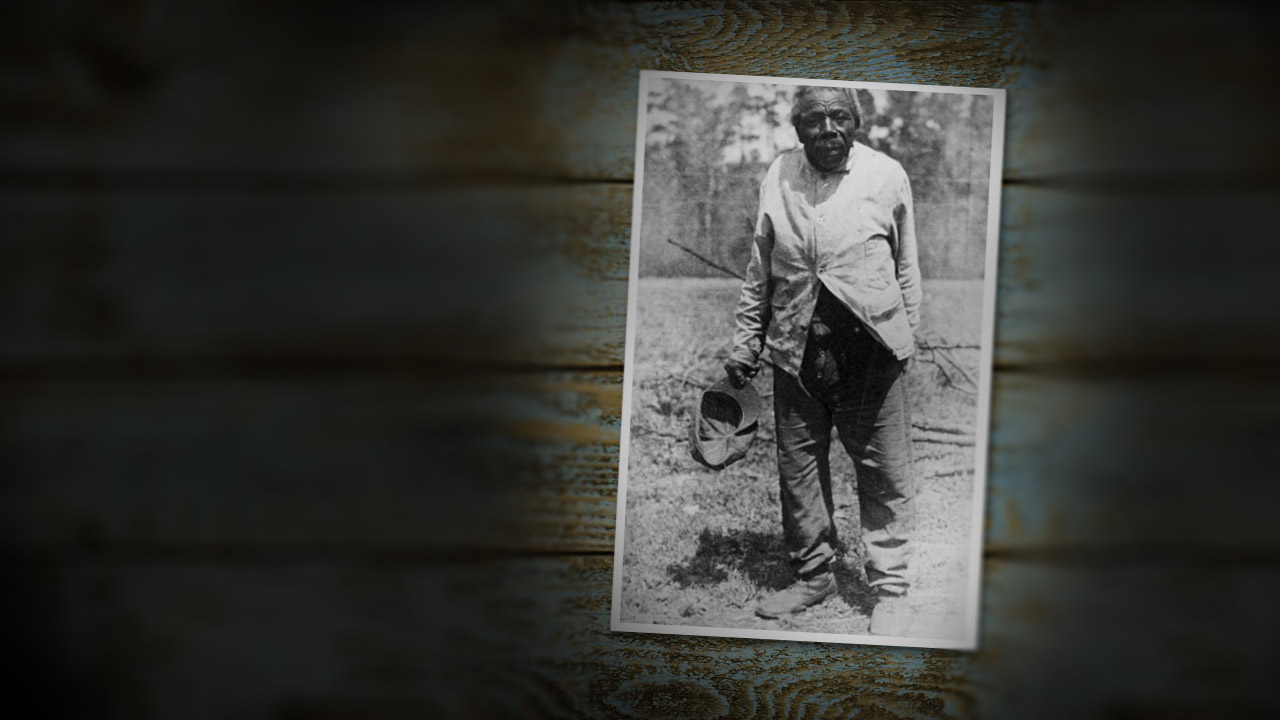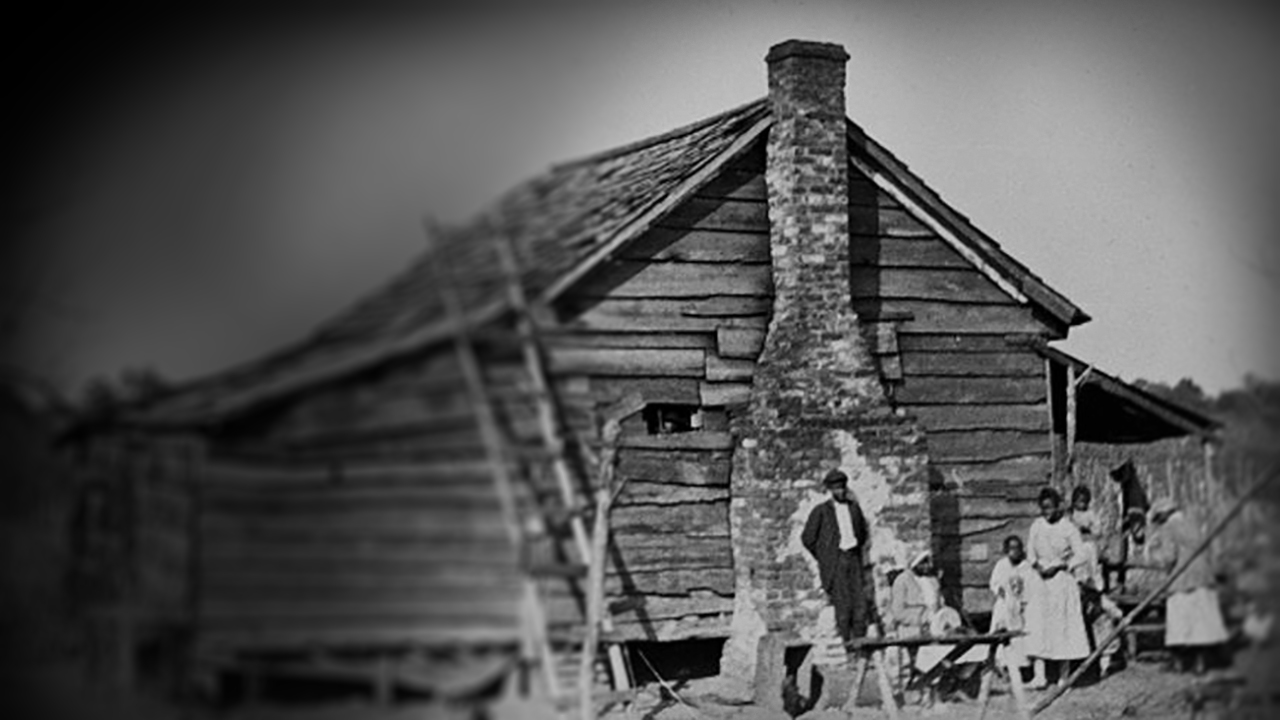Born into slavery in 1850, Timothy McCants was just a teenager when Union troops occupied Georgetown.
McCants was one of many freedmen on the Waccamaw Neck who stayed and continued to cultivate rice after emancipation, working the same land under a labor contract implemented by the Freedmen's Bureau.
The Freedmen's Bureau was established in 1865 by Congress to aid formerly enslaved blacks and poor whites in the South after the Civil War.
This Freedmen's Bureau contract is between W. A. Alston and "the Freedmen and Women of Friendfield, Marietta and Strawberry Plantations."

Although the McCants name doesn't appear on this contract, others with last names still familiar to Hobcaw, such as Carr, have signed or made their mark.


In 1872 the Freedmen's Bureau was dismantled by Congress, and Tim McCants, like many freedmen, did not acquire land of his own.
He continued to work in the Hobcaw Barony rice fields, in exchange for meager wages, housing, and food.
The advantage was that, unlike growing cotton, rice cultivation provided a degree of independence, as historian Eric Foner explains in the next frame.
When Bernard Baruch bought Hobcaw Barony, Tim McCants was one of around 100 freedmen and their descendants living in the four villages located on the property: Alderley, Barnyard, Strawberry, and Friendfield.
By this time, rice production had nearly disappeared from the Waccamaw Neck, and Baruch hired Hobcaw's residents to work on the plantation in other kinds of jobs.
Baruch also paid additional wages and provided the materials for enlarging and improving their houses.
In this 1905 photo an unidentified family is living in a renovated former slave dwelling in Friendfield Village.

To return to the trail click NEXT STOP
To return to the McClary/McCants house click
/friendfield-village/mccants-mcclary-house-c-1860-welcome-to-friendfield-village/
